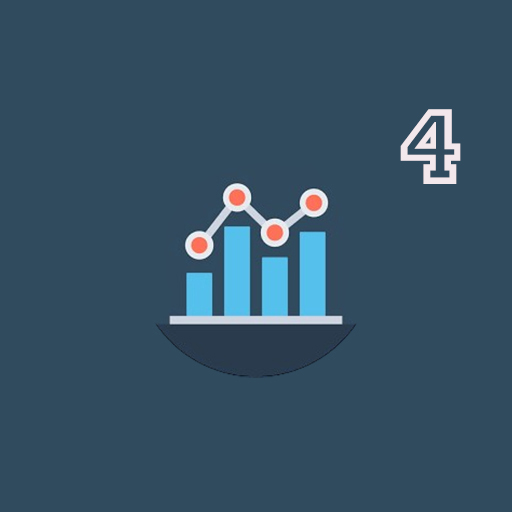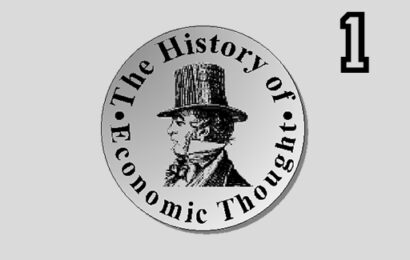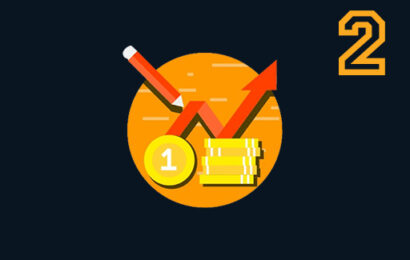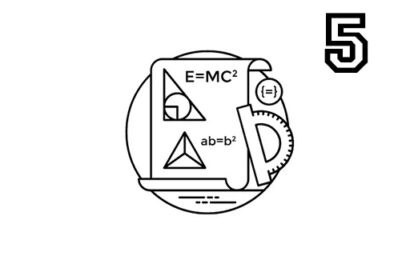
- Quizzes: 9
Statistics and econometrics are critical fields that blend mathematical methods and economic theory to analyze data, test hypotheses, and make predictions about economic phenomena.
Historically, statistics began with the collection and analysis of data in ancient civilizations, but its modern form took shape in the 17th and 18th centuries with the work of pioneers like John Graunt, Blaise Pascal, and Pierre-Simon Laplace. Econometrics, a subfield of economics, emerged in the 20th century, with contributions from scholars like Sir Francis Ysidro Edgeworth and Ragnar Frisch. The development of econometric models, based on statistical methods, revolutionized the ability to test economic theories and forecast economic trends.
Econometrics has evolved into an essential tool for policymakers, businesses, and researchers. It allows economists to quantify relationships between variables, assess the impact of policies, and predict future outcomes. In practice, econometrics uses a variety of models, including regression analysis, time series analysis, and panel data methods, to understand economic behavior and inform decision-making.
In today’s world, where data is abundant, econometrics is more relevant than ever. It provides the analytical framework for tackling complex economic issues such as inflation, unemployment, and economic growth, offering valuable insights for shaping policies and strategies
Curriculum
- 2 Sections
- 0 Lessons
- Lifetime
- Notes0
- MCQ9
- 2.1Probability Theory: Concepts of probability, Distributions, Moments, Central Limit theorem5 Questions
- 2.2Descriptive Statistics – Measures of Central tendency & dispersions, Correlation, Index Numbers5 Questions
- 2.3Sampling methods & Sampling Distribution2 Questions
- 2.4Statistical Inferences, Hypothesis testing0 Questions
- 2.5Linear Regression Models and their properties – BLUE0 Questions
- 2.6Identification Problem0 Questions
- 2.7Simultaneous Equation Models – Recursive and Non-Recursive0 Questions
- 2.8Discrete Choice Models0 Questions
- 2.9Time Series Analysis0 Questions






